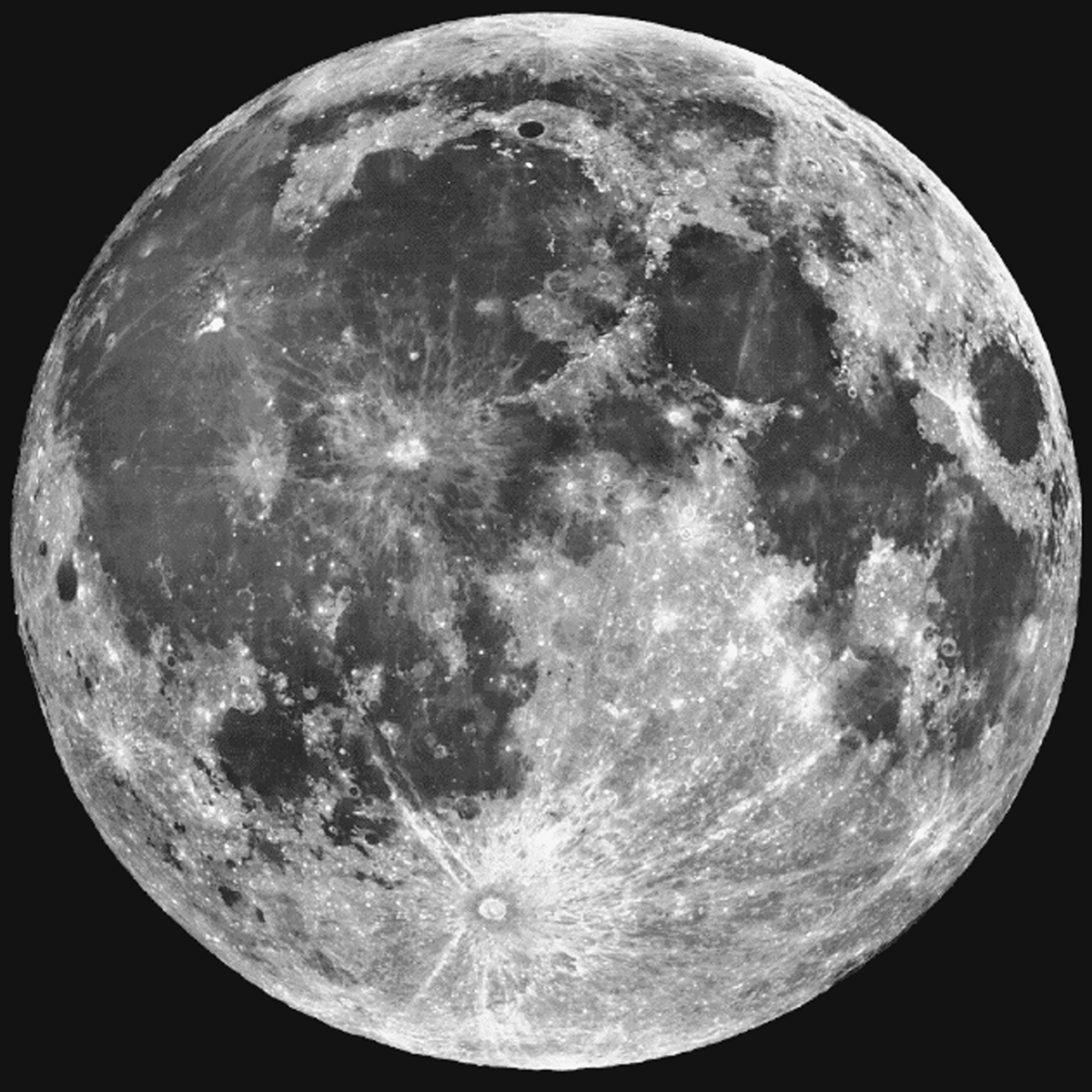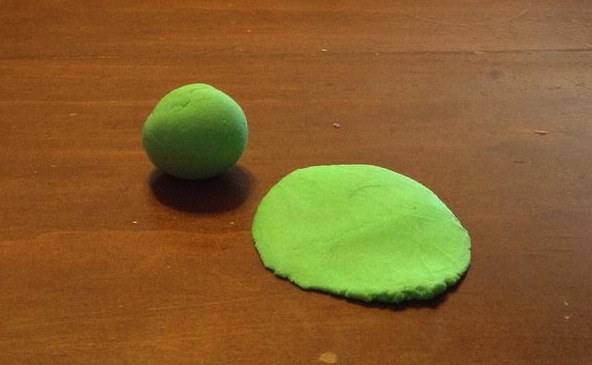Is the full Moon round? It a perfect sphere or circle? Or, what shape is it? Take a guess, and then let’s explore the shape of Earth’s only satellite, our Moon.
Advertisement
Why do we care if the Moon is perfectly round? Well, perfect circles are actually pretty rare in nature.
Take a look at the Moon the next time it’s a Full Moon. See your Full Moon Calendar. It’ll appear as a flawless disk to the eye. In truth, the Moon is just four miles “out of round” in its 2,160 mile diameter. One part in 500. Absolutely imperceptible, visually.
A perfect circle would be similar to a big ball with every point on its surface equidistant from its center. Technically, the Moon is an “oblate spheroid,” meaning it has the shape of a beach ball that is slightly flattened.

The Perfect Circle
Through the ages the circle was considered nature’s “perfect shape.” All parts of a ring lie at the same distance from the center, with no sharp angles, so the figure seemed infinite. That belief still lingers with us in the exchange of wedding rings.
Interestingly, almost all big astronomical objects are spherical (or nearly spherical). There are far more spheres than any other geometric shape.
- Earth is also an oblate spheroid. Our planet has an equatorial diameter of 12,756 km and a pole-to-pole diameter of 12,712 km.
- The Sun and all stars are round. They don’t look like the five-pointed “stars” our teachers stuck on our papers.
Yet meteorites—those chunks of stone and metal—are never round. Same goes with comets and asteroids which also have irregular shapes.
Why are the stars, planets and moons round, when meteorites and small objects aren’t?
Why are small objects irregular while big ones are balls? The answer is simple: Gravity. When massive objects form in space, they are either gaseous or molten and its atoms attract each other by simple gravity. So, a celestial body will pull itself inward to the most compact figure possible—which is always a globe or spherical shape. However, some parts will be too high will be pulled down, displacing material beneath them, which will cause areas that are too low to push outward so it’s not usually an oblate sphere.
This is complicated by the fact that celestial objects are spinning through space so locations at equators feel less pull compared to locations near the pole. The faster an object spins, the more you’ll this effect. For example, Saturn is less of a perfect sphere than Earth.
You discovered in childhood how a sphere has the smallest surface. When you played with clay, you could pattycake it into a thin piece with an enormous surface—or, you could roll it into a little ball between your palms. A ball was always the tiniest you could make it. Then it had the smallest surface area, and needed the least amount of paint when it dried.

Only objects with too little gravity can’t become perfect balls. This is why celestial bodies below a certain mass, like asteroids and meteors, are irregular shapes.
But stars? Ours is a universe made of great balls of fire!

Comments